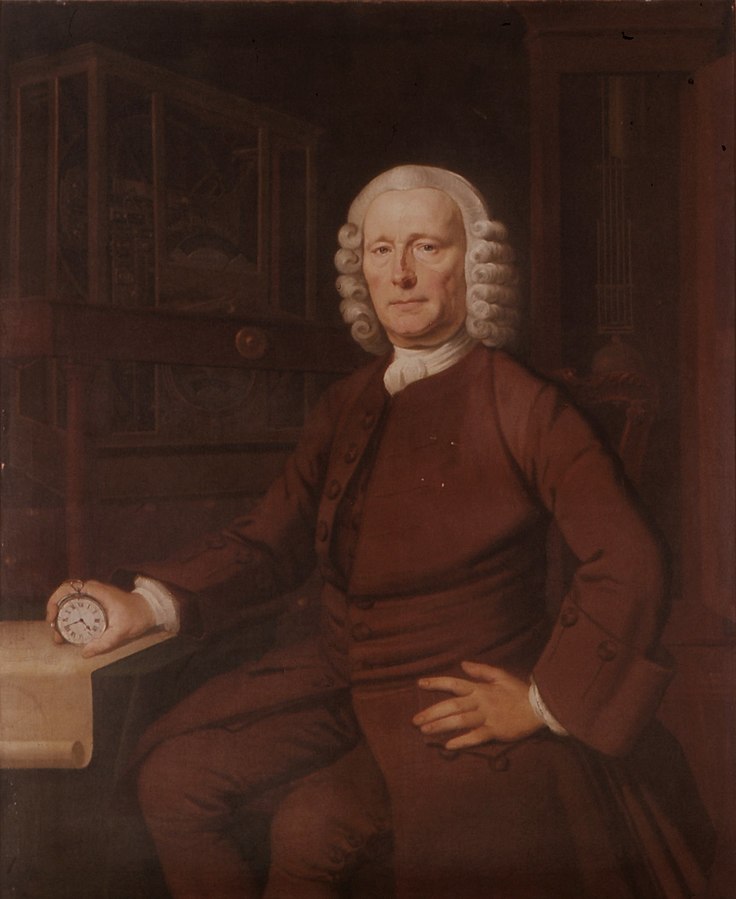The 1707 Scilly Naval Disaster is one of the greatest losses in the history of the British Royal Navy, resulting in the deaths of approximately 1,400 sailors. This disaster, which occurred when a fleet of the British Navy crashed into rocks near the Scilly Islands, was recorded as one of the greatest disasters of the time.
After the disaster, the British Navy took a series of steps towards modernization and made significant advances in shipbuilding techniques, navigation methods, training, and equipment. These developments increased the Navy’s power and made it more prominent in history.
The 1707 Scilly Naval Disaster was a turning point in the modernization process of the British Navy. This disaster raised questions about the Navy’s power and demonstrated the need for modernization. The improvements made have an important place in the history of the British Navy and are still remembered today.
The 1714 Longitude Prize Competition
The 1714 Longitude Prize Competition, one of the most important turning points in maritime history, began with the fact that sailors needed to accurately determine the position of their ships in order to travel safely. However, the time-measuring devices available at that time were not sufficient for the maritime field. Therefore, the British government organized a competition to award a prize for the creation of a time-measuring device that could accurately calculate the latitude and longitude of ships.
The competition was organized for the creation of a time-measuring device that could accurately calculate the latitude and longitude of ships. This time-measuring device was of vital importance to sailors, as the accurate determination of the position of ships was necessary for safe travel.
In 1714, the British Parliament announced that a reward of 20,000 pounds (equivalent to several million dollars today) would be given to anyone who could accurately calculate longitude at sea.
John Harrison
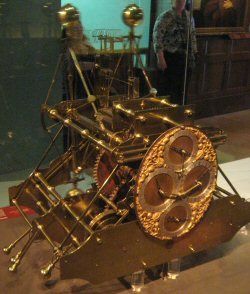
H1 timekeeper
John Harrison was born in Lincolnshire, England, in 1693. His father was a clockmaker, and Harrison followed in his footsteps. In 1713, before he even turned 20, Harrison made an almost entirely wooden pendulum clock. Later, he invented mechanisms that reduced friction and compensated for changes in temperature. In the 1730s, Harrison decided to create a maritime chronometer that could be used to determine the correct position of ships at sea.
In 1735, Harrison created his first maritime chronometer, H1. H1 had to be small and durable enough to be used on a ship, but when it was built, it was not as accurate as expected. Harrison developed the H2 and H3 models. All of these models weighed over 30 kilograms. They were devices that could be considered successful in their time, but Harrison was not satisfied with his own products and continued to improve them. While working on his third major model, Harrison accidentally noticed something. Another clockmaker had made a pocket watch based on Harrison’s design. It was always believed that large clocks were more reliable than pocket watches. However, Harrison was amazed at the accuracy of this new device.
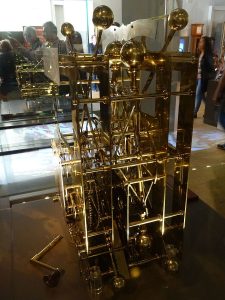
H2 timekeeper
Therefore, when a test was finally held in the Atlantic Ocean in 1761, Harrison did not use his third design. Instead, he relied on his fourth design, which was based on the pocket watch design he had created, and weighed one kilogram. Harrison completed H4 in 1761, which was very successful in determining the position of ships. To prove the accuracy of maritime chronometers, Harrison took H4 on a sea voyage from England to Jamaica, and the results were remarkably accurate.
Harrison conducted many tests to prove the accuracy of maritime chronometers, but the British Parliament changed its mind several times about awarding the prize. Although he did not receive the full promised award, Harrison proved the accuracy of maritime chronometers and achieved an important success.
In 1772, British explorer James Cook used a copy of Harrison’s timepiece on his
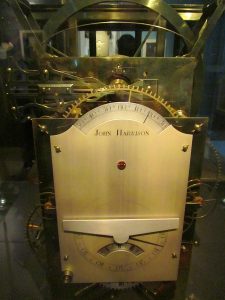
H3 timekeeper
second historic voyage and returned to report that the device far exceeded all expectations. Harrison, who was now 79 years old, had suffered so much from the Longitude Board that he eventually brought the matter to the attention of the British king. As a result, he received the remaining award in 1773, but he never officially won the competition. John Harrison died on his 83rd birthday three years later.
Harrison’s Legacy
Thanks to the accuracy of Harrison’s maritime chronometers, it became possible to accurately determine the position of ships and make sea travel safer. Harrison’s innovations in watchmaking also contributed to the formation of modern watches and timing devices. Today, Harrison’s maritime chronometers are exhibited in museums worldwide.
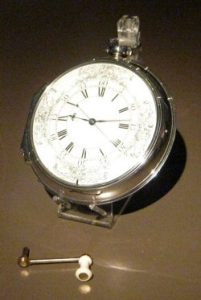
Harrison’s first “sea watch” (now known as H4)
Harrison’s legacy is not only maritime chronometers, but also his contribution to science and technology. His work on maritime chronometers was a significant milestone in making sea travel safer and more efficient.
Harrison’s innovations in watchmaking contributed to the creation of modern watches and timing devices that are important in our daily lives. He was a pioneer and a true innovator in his field, and his lasting impact on science and technology is still felt today.
